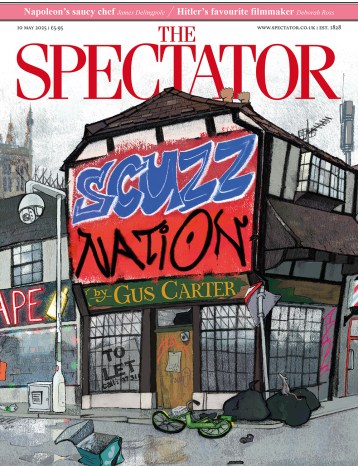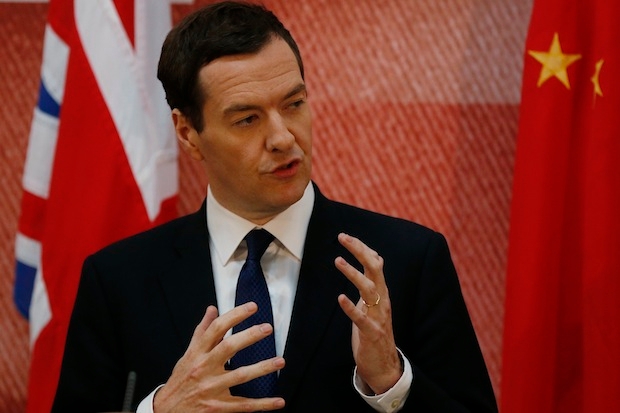[audioplayer src=”http://traffic.libsyn.com/spectator/TheViewFrom22_26_June_2014_v4.mp3″ title=”Fraser Nelson and Isabel Hardman discuss Osborne’s rising fortunes” startat=934]
Listen
[/audioplayer]George Osborne’s first taste of political leadership came aged 12. At his prep school, Colet Court, he took charge of a party for school election in 1983. The Chancellor’s chosen party (as the forthcoming schools guide will discuss) was not the Conservatives, but his own Independent Conservatives.

Disagree with half of it, enjoy reading all of it
TRY A MONTH FREE
Our magazine articles are for subscribers only. Try a month of Britain’s best writing, absolutely free.
Already a subscriber? Log in







Comments
Join the debate, free for a month
Be part of the conversation with other Spectator readers by getting your first month free.
UNLOCK ACCESS Try a month freeAlready a subscriber? Log in